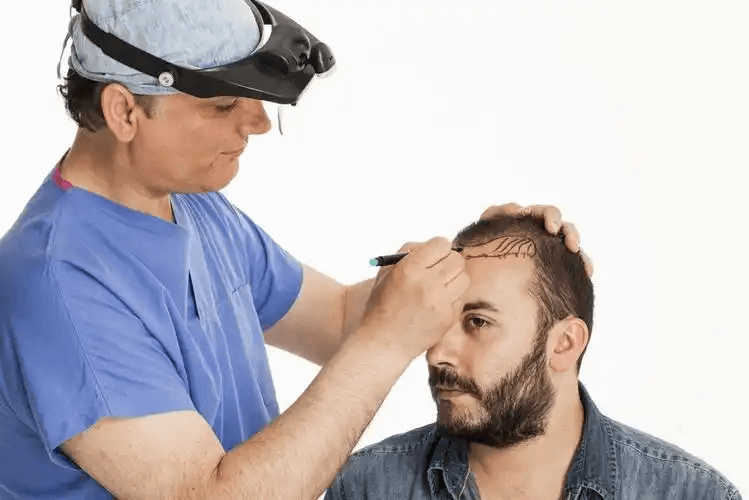The Different Types of Hair Transplant Techniques
When considering a hair transplant, it's crucial to understand the various techniques available. Different methods have their own pros and cons, and the choice depends on factors like the extent of hair loss, patient's expectations, and the surgeon's recommendation. Each technique aims to restore hair growth but varies in procedure and recovery time.
One popular technique is Follicular Unit Transplantation (FUT). In FUT, a strip of hair-bearing skin is removed from the back of the head, and follicles are dissected under a microscope before being transplanted to the balding area. It's suitable for those with extensive hair loss. However, it leaves a linear scar at the donor site, which might be a concern for some patients. For example, if a patient has significant baldness at the crown, FUT can provide a large number of grafts to cover the area effectively.

Follicular Unit Extraction (FUE) is another option. It involves extracting individual hair follicles directly from the donor area using a micro-punch tool. This method leaves tiny dot-like scars that are less noticeable. It's a more time-consuming process but offers a quicker recovery and less discomfort. It's preferred by patients who want to keep their hair short and don't want a visible scar. It's suitable for smaller areas of hair loss or those who need touch-ups.
Direct Hair Implantation (DHI) is a relatively new technique. It combines the extraction and implantation process in one step, minimizing the time follicles are out of the body. The surgeon uses a specialized implanter pen to place the follicles directly into the recipient site. This technique can result in higher survival rates of the transplanted follicles and may lead to a more natural look. It's becoming popular for its precision and reduced trauma to the scalp.